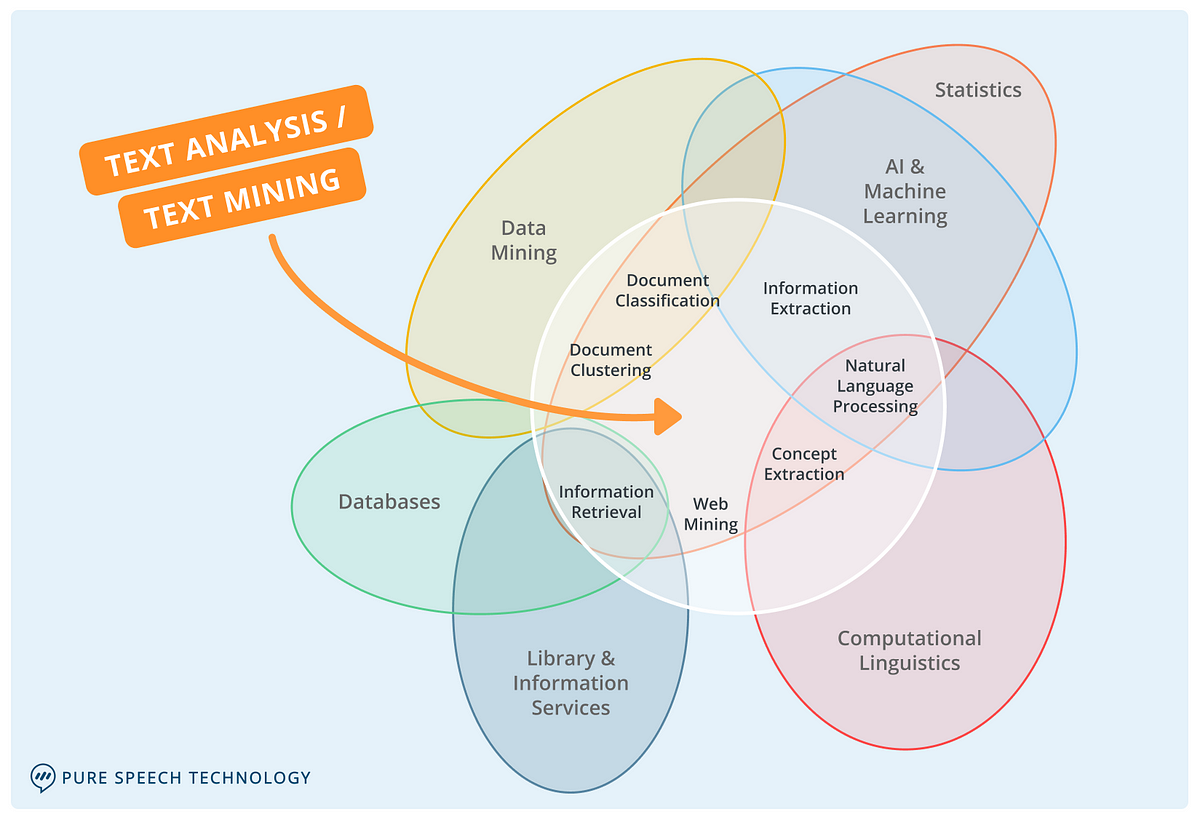Literature, with its rich tapestry of narratives, characters, and themes, invites readers to explore profound depths of meaning. Textual analysis is the key that unlocks these hidden treasures, allowing us to uncover layers of interpretation and gain deeper insights into literary works. In this article, we embark on a journey into the world of textual analysis, exploring the techniques, tools, and the transformative impact it has on the study of literature.
**1. The Essence of Textual Analysis
Textual analysis is a methodical examination of a literary work, focusing on the language, structure, and elements employed by the author. It goes beyond surface-level understanding, enabling readers to unravel underlying themes, character motivations, and narrative techniques.
**2. Close Reading: Immersion in the Text
At the heart of textual analysis lies close reading. This technique encourages readers to engage with the text on a granular level, scrutinizing individual words, phrases, and sentences. Through close reading, nuances, symbolism, and subtle meanings emerge, providing a deeper understanding of the author’s intent.
**3. Decoding Literary Devices
Authors employ a multitude of literary devices to convey their messages and evoke emotions. Textual analysis unveils the artistry behind metaphors, similes, foreshadowing, symbolism, and other devices, showcasing how they shape the narrative and enrich the reading experience.
**4. Character Analysis: Beyond Surface Traits
Textual analysis allows for a comprehensive exploration of characters. By examining their dialogue, actions, and interactions, readers gain insights into their motivations, internal conflicts, and growth throughout the story. This deeper understanding enhances our connection with the characters and the narrative.
**5. Narrative Perspective and Voice
The narrative perspective chosen by an author is a deliberate decision that influences the reader’s experience. Textual analysis delves into the nuances of first-person, third-person, or omniscient narration, shedding light on how the chosen perspective shapes the reader’s perception of the story.
**6. Exploring Themes and Motifs
Literary works often explore universal themes and recurring motifs. Textual analysis involves identifying and examining these overarching ideas, allowing readers to appreciate the depth and complexity of the narrative on a thematic level.
**7. Historical and Cultural Contexts
Understanding the historical and cultural backdrop against which a literary work is set is crucial for meaningful interpretation. Textual analysis considers the socio-political, economic, and cultural influences that may inform the author’s perspectives and choices.
**8. Critical Perspectives: Unearthing Multiple Interpretations
Textual analysis encourages a diversity of perspectives. It invites readers to consider different critical approaches, such as feminist, Marxist, or psychoanalytic readings, which illuminate unique facets of the text and offer a broader understanding of its implications.
**9. Literary Theory and Textual Analysis
Literary theory provides frameworks for interpreting and analyzing texts. Approaches like structuralism, post-structuralism, and deconstruction offer lenses through which readers can explore deeper layers of meaning in literary works.
**10. The Transformative Impact on Literary Studies
Textual analysis revolutionizes the study of literature, fostering a deeper appreciation for the art form. It empowers readers to engage critically with texts, opening doors to new interpretations and perspectives. Through textual analysis, the study of literature evolves from a passive reading experience into an active, intellectually stimulating endeavor.
Conclusion: Illuminating the World of Literature through Textual Analysis
Textual analysis is a beacon that guides us through the intricate landscapes of literary works. It empowers readers to delve beyond the surface, uncovering layers of meaning and appreciating the craftsmanship of authors. By honing the skills of textual analysis, we embark on a journey that not only enriches our reading experience but also contributes to a deeper, more profound understanding of the world of danatoto literature.

